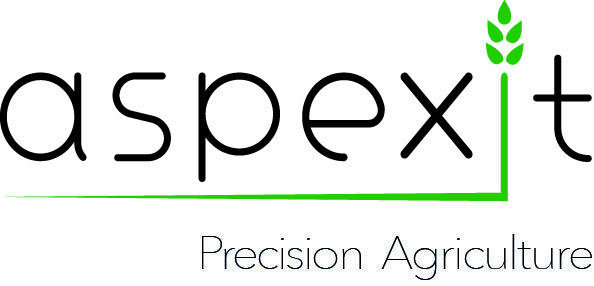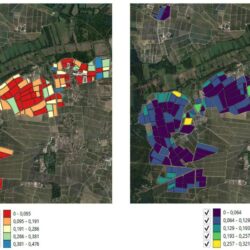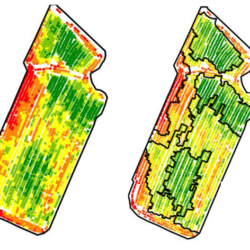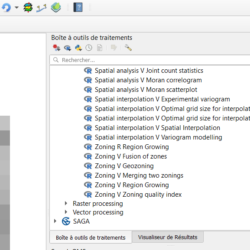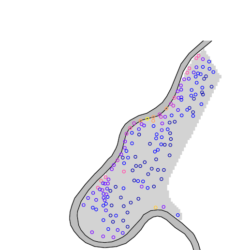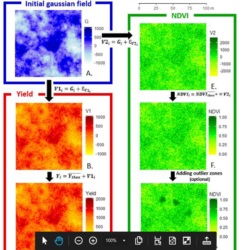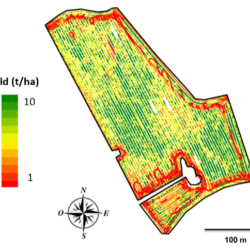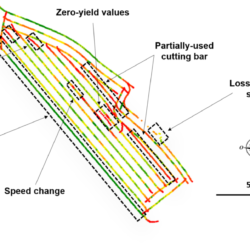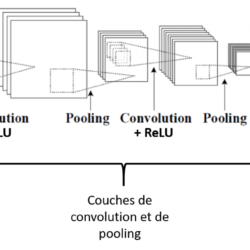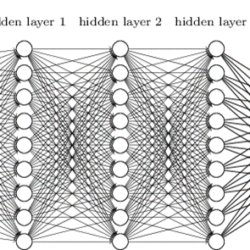How to synthesize a history of vegetation maps on large parcels of land?
A short break from the classic files I write to return to my first love of spatialized data processing! This “small” dossier allows me to share and valorize the work done with a wine château during several vintages in a row. This chateau has the time and the means to collect high resolution data, but Read more about How to synthesize a history of vegetation maps on large parcels of land?[…]
